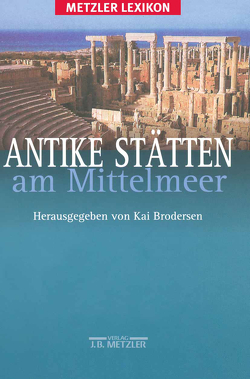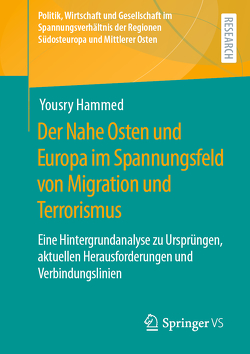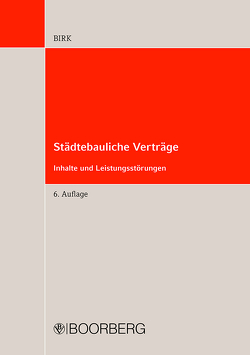„Wegen der Schönheit eurer Häfen …“
Hafenanlagen der frühen Kaiserzeit – Spiegel städtischer Selbstdarstellung?
Caroline Bergen
Zahlreiche Hafenstädte reihten sich schon in der Antike rund um das Mittelmeer. Das mare nostrum, wie die Römer es nannten, war ein lebhaft genutzter Kommunikationsraum. Nicht nur Bedarfsgüter und Luxuswaren, Truppen, Ausrüstungsgegenstände und Reisende, gleich, aus welchem Anlass, fanden ihren Weg über das Meer. Auch aktuelle Nachrichten, philoso-phische Gedankengebäude, naturwissenschaftliche Erkenntnisse, kulturelle und technische Neuheiten wurden verbreitet. Und nicht zuletzt waren es Selbstdarstellungen, die weitergetra-gen wurden, Selbstdarstellungen von Personen, aber auch Selbstdarstellungen von Städten. Mit einer Art antikem „city-branding“ suchten Städte, ihre Position im römischen Imperium zu festigen oder zu verbessern. Hafenanlagen boten dabei in zweifacher Hinsicht Möglichkei-ten: Sie konnten als Kommunikationsraum, aber auch als optisches Aushängeschild, als „façade maritime“, dienen. In einer Gegenüberstellung von sieben Hafenstädten aus dem öst-lichen und dem westlichen Mittelmeerraum untersucht die vorliegende Arbeit, ob und in wel-chem Maß diese Möglichkeiten in der Städtekonkurrenz der frühen römischen Kaiserzeit ge-nutzt wurden.
Already in antiquity, numerous harbour cities lined the Mediterranean Sea. The mare nos-trum, as it was called by the Romans, was a dynamic space for communication. Not only did consumer and luxury goods find their way across the sea but also troops, equipment, and trav-elers, and for a variety of reasons. The latest news, philosophical constructs, scientific find-ings, as well as cultural and technical innovations also spread in this way. And last but not least, self-presentations were transmitted – of both persons and cities. In a kind of „city brand-ing,“ cities in the classical Mediterranean tried to consolidate or improve their status in the Roman Empire. Port facilities offered opportunities to cities in two respects: they could serve as a space for communication as well as a visual showpiece, a „façade maritime.“ In a juxta-position of seven harbour cities of the Eastern and Western Mediterranean, this dissertation investigates whether and to what degree these opportunities were used by cities to compete for status in the Early Roman Empire.






















